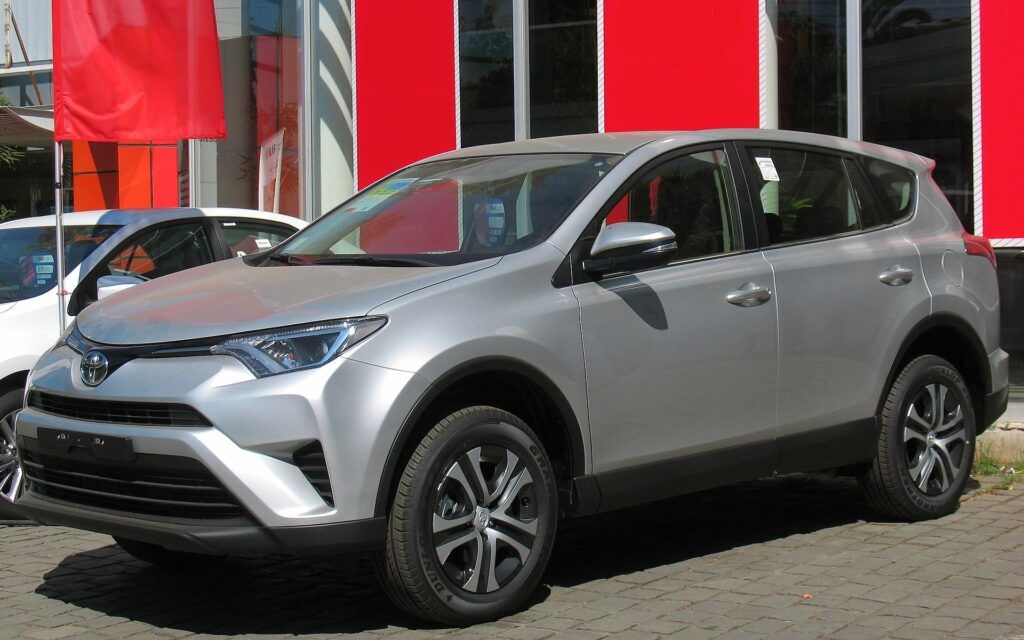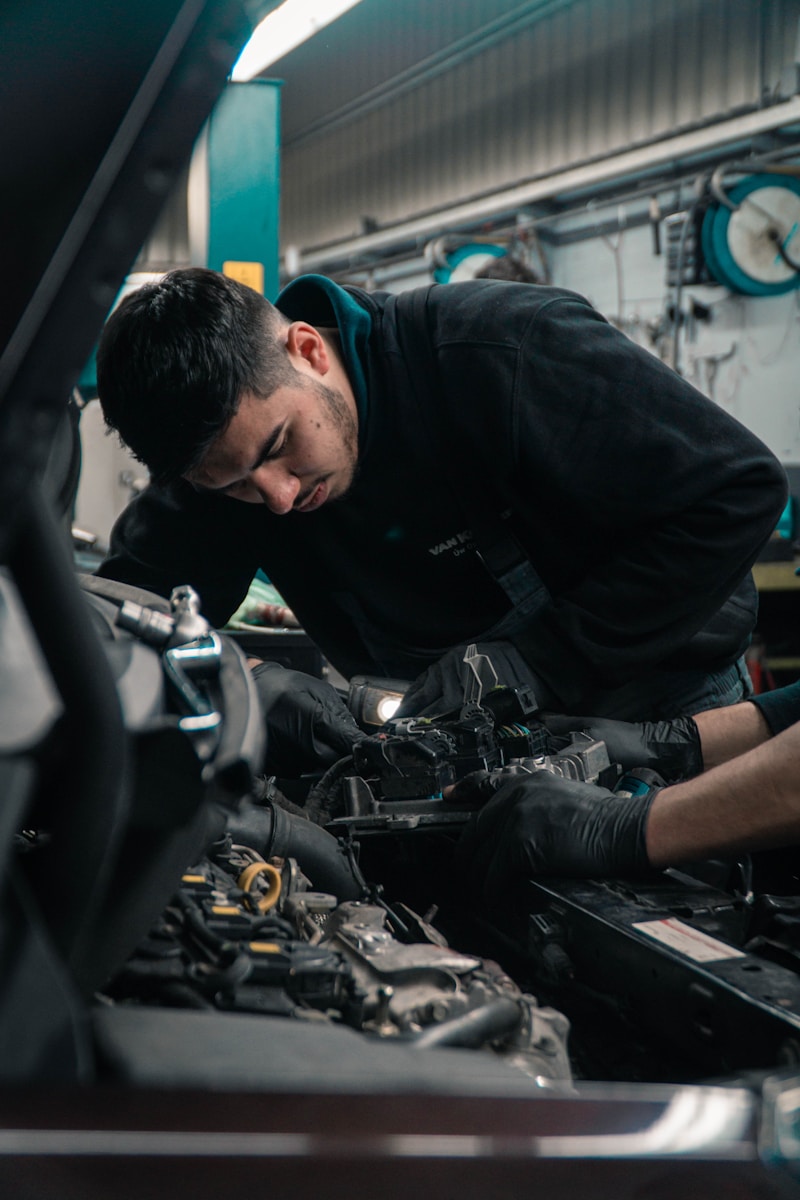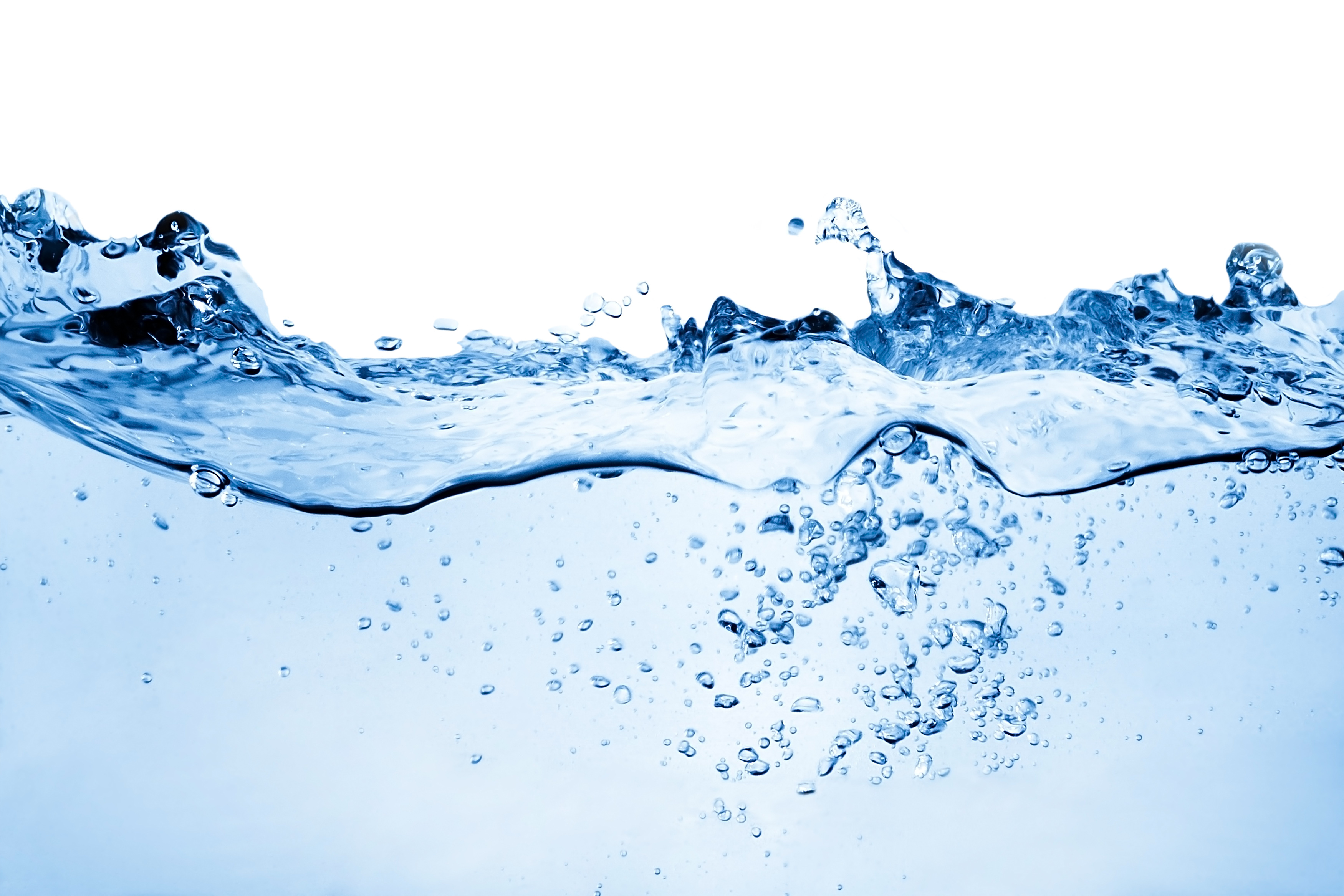
The automotive world is perennially captivated by whispers of revolutionary breakthroughs, and few concepts spark as much fervent discussion as the idea of a ‘water-powered engine.’ Imagine a vehicle running purely on Earth’s most abundant resource, emitting nothing but water vapor – a truly utopian vision that promises to sweep away the complexities of fossil fuels and even challenge the burgeoning dominance of electric vehicles (EVs). This captivating narrative, fueled by headlines proclaiming Toyota’s purported ‘water engine,’ has ignited imaginations and led many to believe a seismic shift in transportation is imminent, potentially signaling ‘the fall of EVs.’
However, as with many such monumental claims in the realm of advanced technology, the reality behind the headlines is often more nuanced, more intricate, and ultimately, far more fascinating than the initial buzz suggests. Toyota, a titan of automotive innovation with a rich legacy of pioneering hybrid and hydrogen technologies, is indeed at the forefront of pushing the boundaries of sustainable mobility. While the direct ‘water-powered car’ remains firmly in the realm of myth, the sophisticated advancements Toyota *is* making in hydrogen combustion and its related cooling systems are nothing short of groundbreaking.
This in-depth exploration will dissect the alluring myth of the water engine, clarify the scientific realities, and then delve into the true technological marvels Toyota has developed. We’ll uncover how these genuine innovations, from advanced water-cooled hydrogen engines to dual injection systems, are not just engineering triumphs but also critical components in the broader conversation about a carbon-neutral future, offering a compelling alternative to traditional battery electric vehicles and shaping the future of green transportation.

1. **The Allure of the ‘Water Engine’ Myth:** You’ve probably seen it pop up on your feed — headlines like “Toyota unveils a water-powered engine!” or “Revolutionary car runs on water, no gas, no electric charging.” It sounds like a futuristic dream, right? The idea of a car running on nothing but water seems too good to be true, and it’s no surprise that rumors like this spread quickly online. This narrative is incredibly compelling, touching on a deep-seated desire for a simple, clean, and infinitely abundant fuel source that could revolutionize how we think about energy, potentially signaling ‘the fall of EVs.’
The myth keeps resurfacing because of a few key factors that feed into public excitement and a general misunderstanding of scientific principles. First, there’s the sheer excitement around the potential of new, disruptive technology in the automotive world, especially when it promises an immediate and seemingly effortless shift to sustainability. This emotional appeal is potent, creating a fertile ground for speculative claims to take root and flourish in popular discourse.
Then, there’s the crucial misunderstanding of the difference between hydrogen and water in discussions of green energy. A lot of folks see “water” and immediately think it’s the magic fuel, not realizing that while hydrogen can be *derived* from water, and water is a *byproduct* of hydrogen combustion, water itself is not the source of energy. This conceptual leap, often amplified by sensationalized reporting or social media algorithms, makes it incredibly easy for misinformation to spread rapidly, especially when we all want to believe in a quick fix to big energy problems.
Read more about: Uncovering the Apex of Automotive Rarity: 14 Limited-Production Muscle Cars You’ll Likely Only Dream Of

2. **The Physics of Water and Energy: Debunking the Direct Fuel Claim:** Let’s get into the fundamental science. It’s tempting to think that water, being so incredibly abundant, could be the ultimate fuel of the future. However, here’s the critical issue, as explained by chemical engineer Robert Rapier: “water as the power source for a vehicle is nonsense.” He clarifies that “Although water can be an energy source, it is not a fuel. Water is actually the combustion product of hydrogen, which is a fuel. Water is produced when hydrogen is burned.” This means water itself cannot be used directly as fuel because there’s simply no energy left in its chemical bonds to power a car.
The misconception often arises from the link between hydrogen and water. Hydrogen is where things truly get interesting. It’s frequently associated with water in these myths because you can indeed produce hydrogen *from* water through a process called electrolysis, where electricity is used to split water molecules (H₂O) into hydrogen (H₂) and oxygen (O₂). But this is just the first, energy-intensive step in a larger process. The hydrogen produced is then used as fuel, not the water itself.
The problem lies in the thermodynamics: it takes a significant amount of energy to create hydrogen, and converting energy in this way is inherently inefficient. As Rapier further explains, ‘electrolysis does not produce energy; it consumes it to produce hydrogen, which is then used to power fuel-cell vehicles.’ A substantial amount of energy is consumed, and efficiency losses occur at each conversion stage. Therefore, while water is an essential component, directly using water to power a car is impractical due to the energy input required.
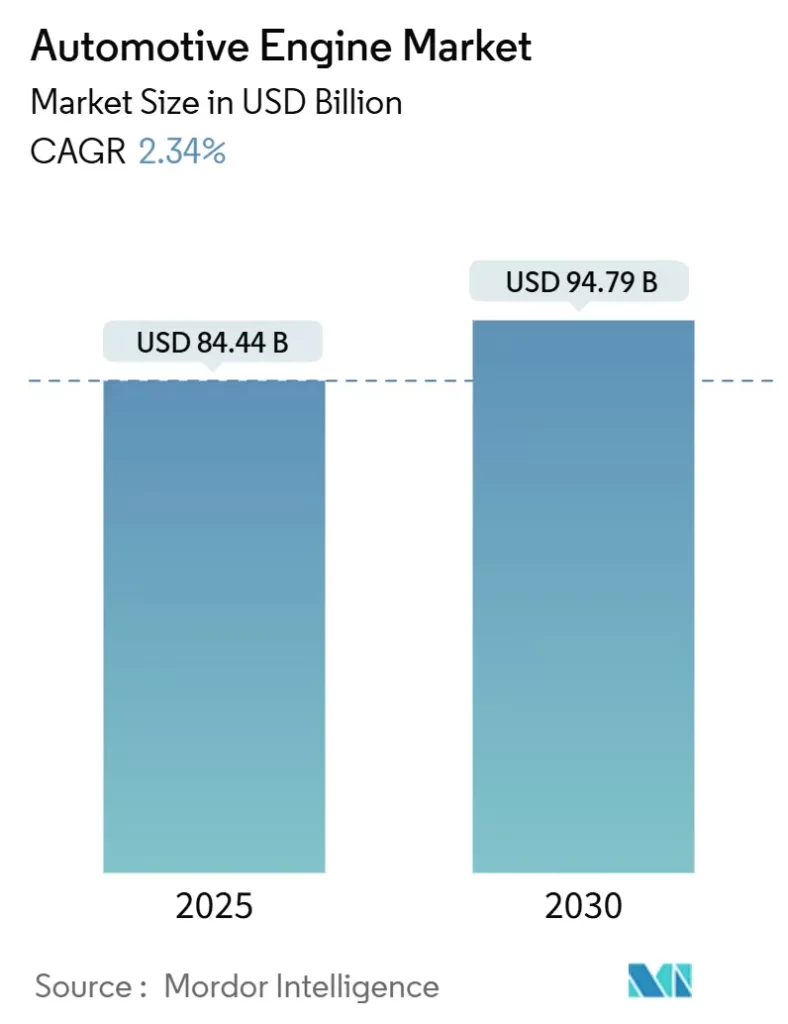
3. **Toyota’s Core Innovation: The Water-Cooled Hydrogen Engine:** With the myths clarified, let’s turn our attention to what Toyota is genuinely accomplishing, and how these real innovations might have contributed to the ‘water engine’ confusion. Toyota’s true breakthrough lies in its advancements in hydrogen-powered technology, specifically with its sophisticated water-cooled hydrogen engine. This is a critical distinction: water is being used as a coolant, not as a fuel source. This innovation is pivotal because traditional hydrogen engines often encounter significant challenges due to the extremely high combustion temperatures of hydrogen, which can ‘often exceed 2500 ºC.’
This extreme heat in conventional air-cooled hydrogen engines necessitates the use of heavy, heat-resistant materials, which can hinder vehicle efficiency and performance. Toyota’s innovative water-cooled hydrogen combustion engine directly addresses these issues by circulating water through the engine block and cylinder head. This system ‘efficiently dissipates the immense heat from the combustion chambers,’ allowing the engine to manage these extraordinary temperatures far more effectively than air-cooling alone.
The benefits of this advanced cooling mechanism are substantial. By keeping temperatures in check, Toyota engineers are able to ‘use lighter materials, such as aluminium,’ in the engine’s construction, significantly reducing the vehicle’s overall weight. Furthermore, this improved thermal management enhances efficiency ‘by permitting higher engine revs,’ meaning the engine can operate at optimal performance levels for longer periods without risk of overheating. This sophisticated application of water for thermal regulation is a testament to Toyota’s engineering prowess, pushing the boundaries of combustion engine design.

4. **The Revolutionary Dual Injection System:** Complementing the advanced water-cooling system is another groundbreaking feature within Toyota’s hydrogen engine: its dual injection system. This sophisticated technology is instrumental in ensuring optimal combustion regulation across all engine speeds, a challenge that is particularly complex with a volatile fuel like hydrogen. The system employs both direct and port fuel injection of hydrogen, allowing for precise control over how and when the fuel is introduced into the cylinders, adapting to varying driving conditions.
Direct injection, one component of this dual system, involves delivering hydrogen directly into the cylinder. This method is particularly effective at achieving ‘complete combustion at higher engine speeds.’ By injecting hydrogen precisely when needed, this system ensures that ‘a leaner hydrogen charge is supplied only when needed, maximizing efficiency and reducing emissions.’ This targeted delivery offers superior control and prevents waste, crucial for both performance and environmental impact.
This innovative dual injection system, combined with the extreme thermal management from water cooling, allows the engine to operate at remarkably high temperatures, sustaining up to 2500 ºC. This high-temperature operation is ‘key to the engine’s superior performance and environmental benefits,’ ensuring ‘greater combustion and thermal efficiency compared to conventional gasoline engines, which operate at around 600-650 ºC.’ The synergy between advanced cooling and precise fuel delivery highlights Toyota’s holistic approach to perfecting hydrogen combustion.
Product on Amazon: Mastercool 69300 Twin Turbo Refrigerant Recovery System – Dual Piston Compressor, Works with All Refrigerants, High Recovery Rates
Brand: Mastercool
Binding: Automotive Product Group: Automotive Parts and Accessories
Price: 1010.15 USD
Rating: 4.0 Total reviews: 11
Product Dimensions: 19.5″L x 15″W x 12″H
Power Connector Type: 3-Pin
Voltage: 110 Volts
Cooling Method: Air
Compatible Devices: Refrigerant Recovery Machine
Noise Level: 55 dB
Material: Stainless Steel
Maximum Rotational Speed: 1000 RPM
UPC: 700376693003
Features:
1. Works with All Refrigerants – Compatible with CFCs, HCFCs, HFCs, and A2L mildly flammable refrigerants, including R410A and R22, making it ideal for HVAC and refrigeration recovery tasks.
2. Revolutionary Dual Piston Oil-Less Compressor – Equipped with a 1/2 HP dual-piston oil-less compressor, the 69300 provides maximum recovery efficiency while reducing size and weight.
3. High Recovery Rates – Offers superior recovery speeds with up to 0.70 lb/min for vapor and 7.7 lb/min for liquid, and up to 20.2 lb/min in push/pull mode, allowing technicians to handle even the most demanding jobs.
4. High Recovery Rates – Offers superior recovery speeds with up to 0.70 lb/min for vapor and 7.7 lb/min for liquid, and up to 20.2 lb/min in push/pull mode, allowing technicians to handle even the most demanding jobs.
5. Durable and Portable – Constructed with an injection-molded high-density polyethylene (HDPE) case with built-in bumper guards for enhanced durability and impact resistance.
Shopping on Amazon >>
Read more about: Unleash Your Inner Enthusiast: Discover 12 Legendary Classic Corvettes That Defined American Automotive Excellence!

5. **Zero CO2 Emissions: The Paradoxical Reality of Hydrogen Combustion:** The very notion of a combustion engine that emits zero CO2 might seem paradoxical to many, given decades of association between internal combustion and greenhouse gases. However, Toyota’s water-cooled hydrogen engine beautifully exemplifies the innovative surprises that the future of mobility holds. By leveraging hydrogen as its primary fuel source, this engine achieves a near-zero emission profile, dramatically challenging preconceived notions about what a combustion engine is capable of in the modern era of climate consciousness.
This combustion process is nearly emission-free, with the only caveat being ‘minute amounts of engine oil burnt during driving.’ This is a monumental achievement, as it means the vehicle is not contributing to atmospheric carbon dioxide. It offers the best of both worlds: the familiar and ‘engaging driving experience of a traditional combustion engine’ that many enthusiasts cherish, combined with the environmental responsibility of a zero-emission powertrain. This dual appeal positions hydrogen combustion as a compelling alternative for those who desire the tactile feedback of a traditional engine without the environmental cost.
Toyota’s commitment to a carbon-neutral future is not just theoretical; it’s demonstrated through concrete applications. The company actively participates in motorsports, using ‘hydrogen-engine-powered vehicle, based on Toyota’s Corolla Sport,’ to compete in the Super Taikyu Series. This rigorous competitive environment serves as an ultimate proving ground, showcasing the engine’s capabilities and durability under the most demanding conditions. This endeavor highlights Toyota’s engineering prowess and dedication to advancing sustainable mobility.
Car Model Information: 2023 Chrysler 300 S
Name: Toyota G16E engine
Caption: Toyota GR Yaris
Manufacturer: Toyota
Production: 2020–present
Configuration: Straight-three engine
Displacement: cvt
Bore: cvt
Stroke: cvt
Block: Aluminium alloy
Head: Aluminium alloy
Valvetrain: DOHC,Multi-valve#Four valves
Compression: 10.5:1
Turbocharger: IHI Corporation
Fuelsystem: Gasoline direct injection
Management: Denso
Fueltype: Petrol engine
Oilsystem: Mobil 1
Coolingsystem: Intercooler
Power: cvt
Specpower: cvt
Torque: cvt
Weight: 240 lb
Abbr: on
Categories: All articles with self-published sources, All stub articles, Articles with self-published sources from July 2025, Articles with short description, Automotive part stubs
Summary: The Toyota G16E engine is a 1,618 cc (98.7 cu in) straight-three engine built by Toyota under its Gazoo Racing division that was first introduced in January 2020 for the GR Yaris as a member of the Toyota Dynamic Force engine family.
Get more information about: Toyota G16E engine
Buying a high-performing used car >>>
Brand: Toyota Model: Water-Cooled Hydrogen Engine
Price: $28,873 Mileage: 19,889 mi.
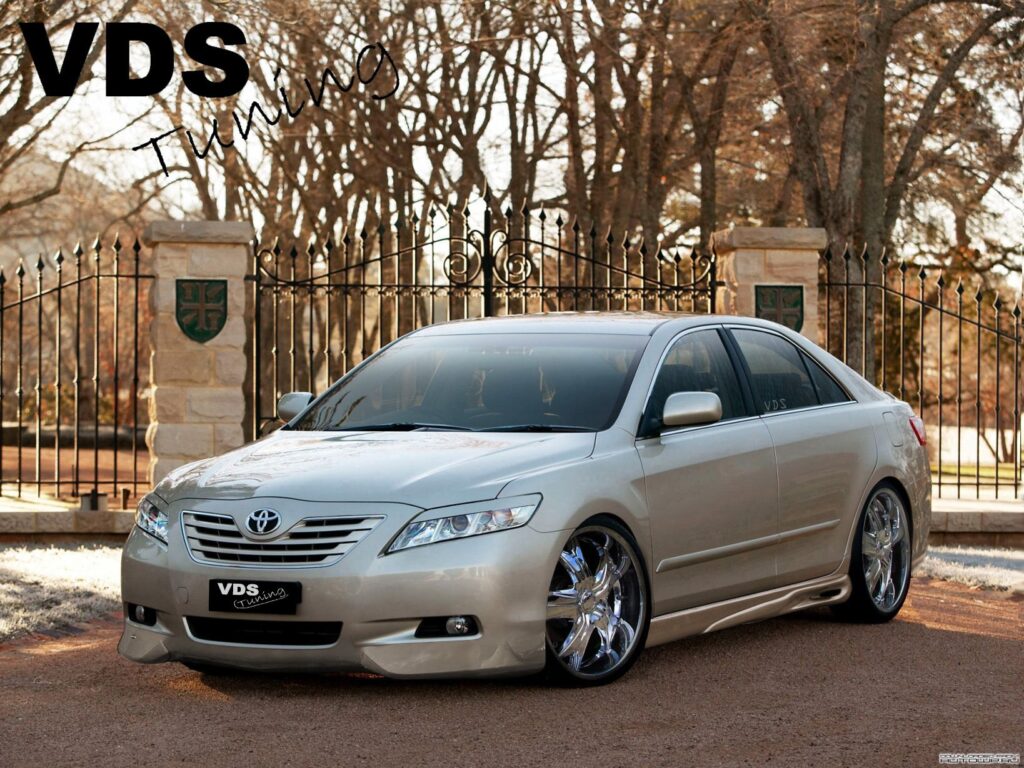
6. **Toyota’s Hydrogen Legacy: From Early Research to the Mirai:** Toyota’s journey into hydrogen technology is not a recent foray but rather a testament to decades of visionary research and unwavering commitment. The company’s long history with hydrogen engines ‘dates back to the early 1990s,’ establishing them as a true pioneer in this complex field. This foundational work laid the groundwork for many of the advancements we see today, underscoring a consistent belief in hydrogen’s potential as a viable, clean energy source for transportation.
Toyota has consistently been ‘a strong advocate for hydrogen fuel cells,’ a commitment that culminated in the landmark ‘2015 launch of the Mirai, the first consumer-market fuel cell electric vehicle.’ The Mirai represents a significant leap, demonstrating that hydrogen-powered vehicles could be practical, safe, and ready for mainstream adoption. This pioneering spirit wasn’t just about selling cars; it was about ‘the development of hydrogen fuel cell infrastructure,’ recognizing that the success of any new fuel depends on a robust ecosystem to support it.
Furthermore, Toyota’s continuous advancements in hydrogen combustion engines have allowed vehicles to ‘utilize existing production and refueling infrastructures,’ a critical advantage for a smoother transition to zero-emission mobility. While the Mirai focuses on fuel cells, the development of hydrogen combustion engines allows for more flexibility in manufacturing processes and potentially easier integration into current automotive practices. This comprehensive, multi-faceted approach showcases Toyota’s strategic vision for a future where hydrogen plays a pivotal role across various automotive applications.
Buying a high-performing used car >>>
Brand: Toyota Model: Mirai
Price: $18,888 Mileage: 12,741 mi.
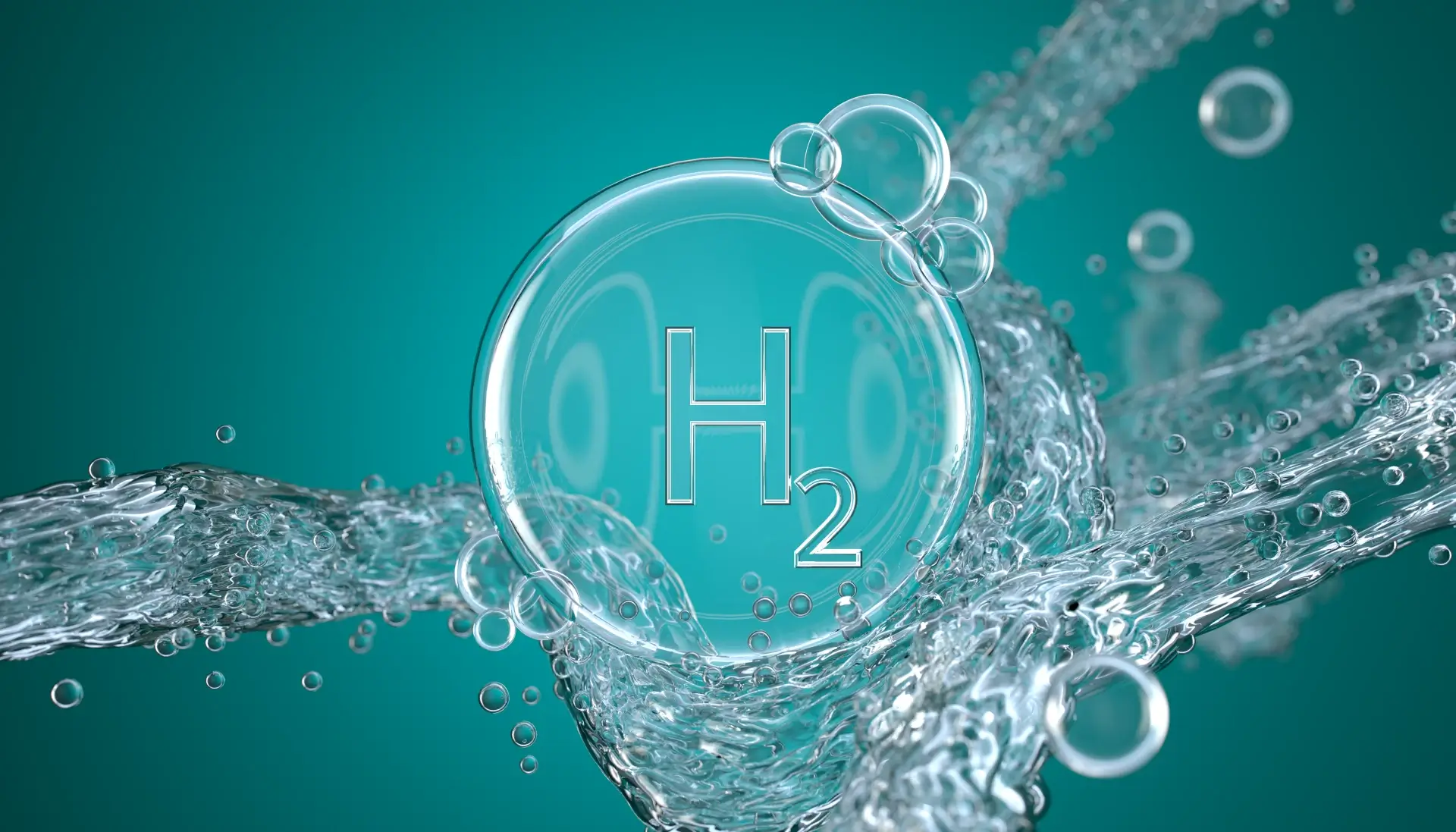
7. **Hydrogen Production and Infrastructure: The Electrolysis Equation:** While the ‘water engine’ myth often simplifies hydrogen creation, the reality of hydrogen production and the necessary infrastructure is a complex yet fascinating challenge. The core method for generating hydrogen from water is electrolysis, a process where an electric current is passed through water to ‘split water molecules (H₂O) into hydrogen (H₂) and oxygen (O₂).’ This process is fundamental to creating clean hydrogen, but it requires a ‘significant amount of electricity and is only effective when there is a stable energy source.’
It is crucial to understand that electrolysis itself ‘does not produce energy; it consumes it to produce hydrogen,’ which is then used as fuel. Therefore, the environmental footprint of hydrogen largely depends on the source of that electricity. If powered by renewable sources like solar or wind, the hydrogen produced is truly ‘green.’ Toyota’s efforts extend beyond just vehicle innovation; they are actively involved in promoting sustainable hydrogen production by ‘utilizing hydrogen produced at the Fukushima Hydrogen Energy Research Field.’
The development of a widespread hydrogen infrastructure remains one of the biggest hurdles. This holistic approach underscores Toyota’s vision of a hydrogen-based society, where clean energy fuels not only transportation but also broader economic and environmental initiatives. The transition from a fossil fuel economy to a hydrogen economy requires significant investment in refueling networks, production facilities, and renewable energy sources. This ambitious vision for a hydrogen-based future is a testament to Toyota’s long-term commitment.
The initial sections of our deep dive meticulously peeled back the layers of myth surrounding the ‘water engine,’ revealing the sophisticated reality of Toyota’s hydrogen combustion advancements. We’ve explored the intricate dance of water as a coolant and the precision of dual injection systems, all culminating in near-zero CO2 emissions. Now, as we cast our gaze forward, it’s imperative to understand how these hydrogen technologies, particularly Toyota’s unique approach to onboard hydrogen generation from water, are poised to redefine the battleground of sustainable transportation, challenging the established order of electric vehicles and navigating a complex web of economic and logistical challenges.

8. **Hydrogen vs. Battery Electric Vehicles (EVs): The Evolving Dynamics**The debate between hydrogen-powered vehicles and battery electric vehicles (EVs) isn’t just about fuel; it’s about fundamentally different philosophies for how we power our future. EVs, with their large lithium-ion batteries, have surged in popularity, offering impressive torque and a growing (though still developing) charging infrastructure. However, they come with their own set of considerations, including resource-intensive mining for battery components and the often-cited challenge of long charging times, which can stretch for hours depending on the charger and battery size.
Hydrogen vehicles, especially with Toyota’s innovative “water engine” concept, propose an intriguing alternative. This unique technology, as presented, generates its own hydrogen onboard through electrolysis, effectively eliminating the immediate need for a widespread external refueling network that has traditionally limited hydrogen adoption. This self-sufficiency is a critical differentiator, potentially sidestepping one of the major infrastructural hurdles hydrogen faces, while still delivering the zero-emission promise.
One of hydrogen’s most compelling practical advantages lies in refueling speed. While an EV might be tethered to a charging station for significant periods, a hydrogen vehicle, whether refueled externally or producing its own fuel from a water tank, can be ready to go in mere minutes. This rapid turnaround mirrors the convenience of traditional gasoline cars, offering a familiar experience that could appeal to a broader segment of drivers hesitant to embrace the longer charge cycles of EVs. It’s a compelling pitch in the quest for efficiency and practicality.
Product on Amazon: Lab Water Electrolysis Apparatus Water Electrolysis and Hydrogen and Oxygen Production Chemical Physical Teaching Demonstration Instrument Student Teaching Aid
Brand: Evelyn-JM
Binding: Product Group: BISS
Price: 13.99 USD
Rating: 2.8 Total reviews: 10
Features:
1. The instrument consists of a plastic container, an electrode, a gas nozzle, and the like. Our product is also equipped with 2 wires about 40cm/15.7inch in length.
2. Under the action of the DC voltage 12V-18V, the oxygen and hydrogen generated in 3-5 minutes (10:20) verifies that the water molecule consists of an oxygen atom and two atoms hydrogen.
3. The instrument should be handled with care, do not collide, and store in a cool dry place after use. Keep your eyes as far as possible and wear protective glasses.
4. Water electrolysis experimenter allows students to understand the process of generating hydrogen and oxygen after the water is energized.Applicable to school teaching tool, learning display, and collectibles, also will be a great addition to your lab supplies.
5. If you encounter any problems, please contact us as soon as possible.We will do our best to meet your needs!
Shopping on Amazon >>

9. **The Economic and Logistical Hurdles of Hydrogen Adoption**Despite the compelling technological advancements, the path to widespread hydrogen adoption is far from smooth, riddled with significant economic and logistical hurdles that demand innovative solutions. The initial costs associated with hydrogen production, its specialized storage, and the necessary refueling infrastructure are substantial. Producing hydrogen in large, truly ‘green’ quantities is energy-intensive and expensive, and storing this highly volatile element requires either high-pressure tanks or cryogenic liquid hydrogen storage, both of which add considerable cost and complexity to vehicle design and operation.
The challenge extends to the refueling network itself. Compared to the burgeoning infrastructure for EV charging, hydrogen refueling stations remain sparse and necessitate colossal investment to expand to a point where they can support mainstream adoption. This ‘chicken-and-egg’ problem—lack of infrastructure limiting vehicle sales, and limited vehicle sales disincentivizing infrastructure investment—is a persistent barrier that Toyota’s onboard generation concept attempts to circumvent by reducing external dependency, yet the underlying costs of hydrogen generation (even onboard) remain.
Moreover, safety continues to be a paramount concern when dealing with hydrogen. As a highly flammable gas, meticulous precautions are indispensable during its storage, transport, and refueling processes. The creation of an explosive gas mixture, as noted by experts, presents inherent dangers that must be managed with robust engineering and stringent safety protocols. Without a comprehensive and fail-safe system to address these challenges, hydrogen-powered cars, despite their zero-emission promise, will struggle to gain broad public acceptance and overcome the existing perceptions of risk.
Read more about: Ford’s $30,000 Electric Pickup: Charting a “Model T Moment” to Reshape America’s Automotive Future
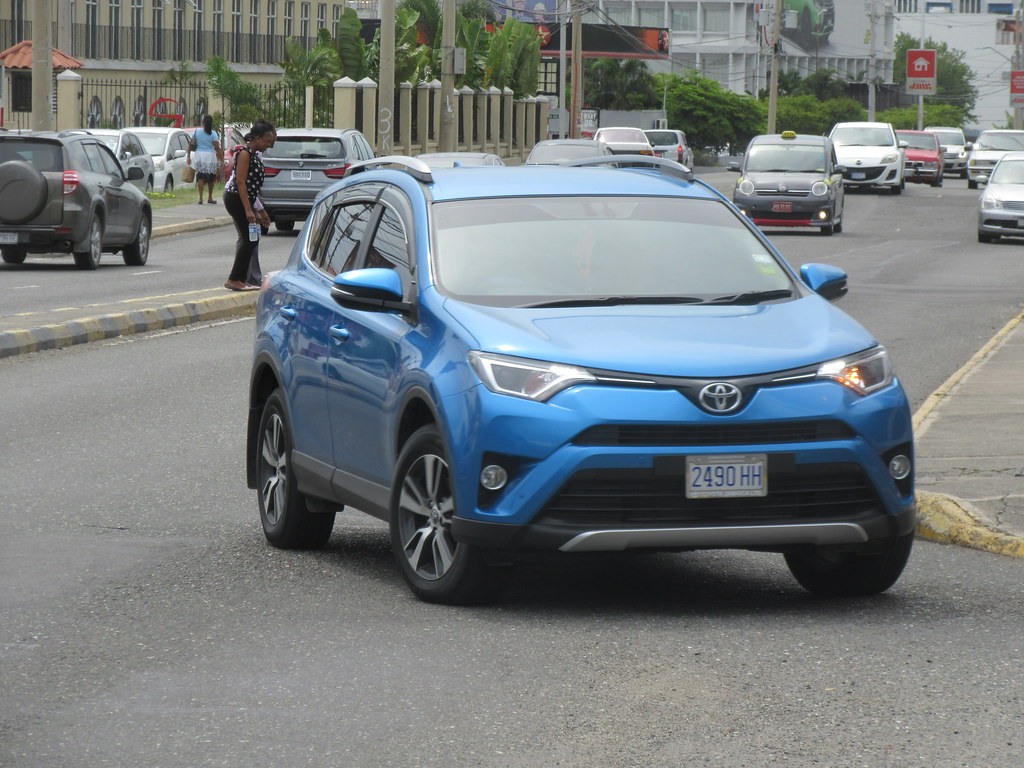
10. **Industry Dynamics: Navigating Resistance and Strategic Shifts**The rise of hydrogen technology, particularly Toyota’s ambitious moves, inevitably stirs the waters of well-established industries, creating significant strategic resistance. Traditional oil companies, deeply entrenched in global gasoline consumption, view any widespread shift away from fossil fuels as a direct threat to their colossal business models. Their powerful lobbying and existing infrastructure represent a formidable inertia against rapid energy transitions, potentially slowing the progress of alternative fuels like hydrogen.
Similarly, electric vehicle manufacturers, having invested massive capital into battery technologies and charging networks, may perceive hydrogen as a competitor rather than a complementary solution. Their strategic focus is on optimizing battery performance, reducing costs, and expanding charging access, making a pivot or even significant investment into hydrogen less appealing for fear of diluting their primary market. This industrial dynamic can lead to a powerful pushback against the adoption of hydrogen-powered vehicles.
History has shown that powerful corporations can exert considerable influence to slow the adoption of disruptive technologies that challenge their incumbent positions. The successful integration of hydrogen vehicles, therefore, hinges not only on continued technological breakthroughs but also on overcoming this entrenched corporate resistance. It will require persuasive economic arguments, robust policy support, and perhaps, a redefinition of partnerships across the energy and automotive sectors to foster an ecosystem where hydrogen can truly thrive alongside other sustainable options.

11. **The Multi-Pronged Future of Sustainable Transportation**In the complex landscape of future mobility, a consensus is emerging among most analysts: there won’t be a single, monolithic solution for zero-emission transportation. Instead, the future will likely rely on a diverse, multi-pronged approach where different technologies play to their unique strengths and address specific needs. Battery-powered electric vehicles are poised to remain the preferred option for passenger cars, thanks to their growing affordability, impressive fuel efficiency, and the steadily expanding charging infrastructure, making them increasingly practical for daily commutes and shorter journeys.
However, hydrogen is carving out a strategic and increasingly vital role in sectors where battery electric solutions face inherent limitations. Its unique attributes make it particularly well-suited for heavy-duty transportation, such as long-haul trucks, where the weight of large battery packs can be prohibitive and quick refueling is essential for operational efficiency. Similarly, for long-distance travel and specific industrial applications that demand sustained power and rapid turnaround, hydrogen offers a compelling alternative, providing the range and power density that batteries currently struggle to match economically.
Toyota itself embodies this multi-pronged philosophy in its long-term strategy towards carbon-neutral vehicles. The company is not solely focused on one technology but is actively pursuing a comprehensive portfolio that includes the continuous development of hydrogen fuel cells, advanced hydrogen-powered combustion engines, and even next-generation solid-state batteries. This holistic approach underscores a pragmatic understanding that a truly sustainable future requires flexibility, innovation across various fronts, and the willingness to integrate diverse technological solutions to meet a wide spectrum of mobility needs.
Read more about: Beyond the Buzz: Inside the Energy Drink Industry’s Transformative Leap Towards Sustainable Packaging and a Greener Future
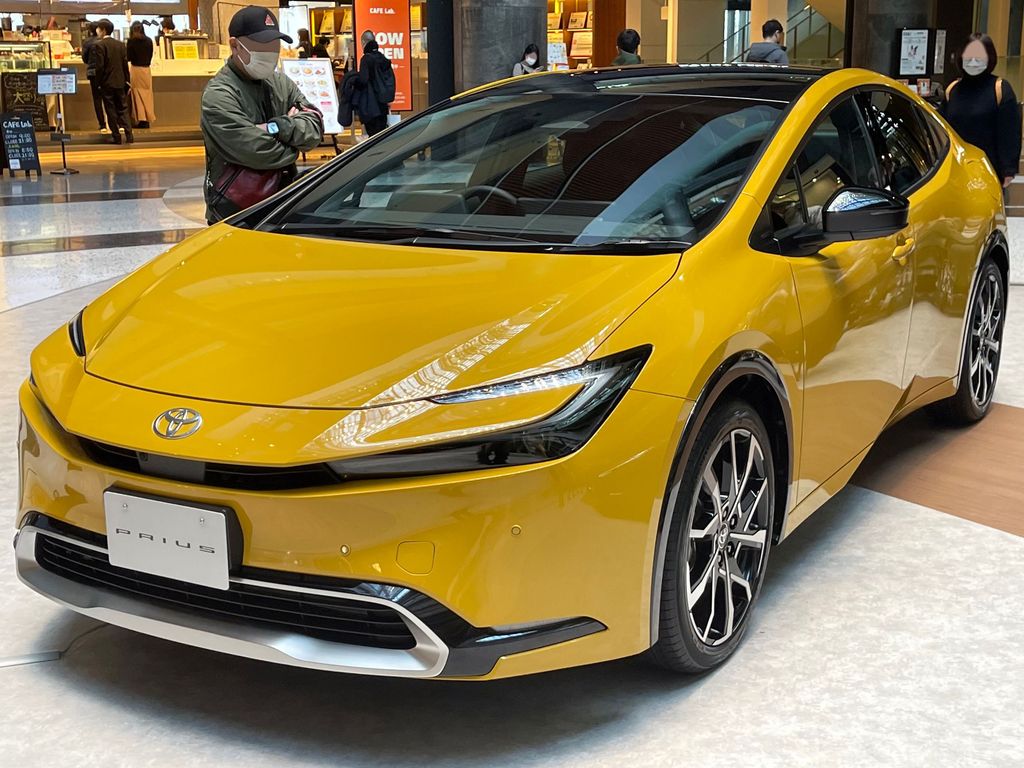
12. **Fuel Cells vs. Hydrogen Combustion: Distinct Pathways for Hydrogen Power**When we discuss hydrogen as a fuel, it’s crucial to recognize that there are two distinct, yet equally significant, pathways for its utilization in vehicles: hydrogen fuel cells and hydrogen combustion engines. Each approach harnesses the energy of hydrogen in a different manner, offering unique advantages and contributing to Toyota’s diverse strategy for sustainable mobility. Understanding these differences illuminates the depth of innovation underway beyond the ‘water engine’ headlines.
Hydrogen fuel cell vehicles, exemplified by Toyota’s pioneering Mirai, operate by converting hydrogen gas into electricity through a controlled chemical reaction with oxygen. This process occurs within a fuel cell stack, generating electricity that then powers an electric motor to drive the wheels. The only direct byproduct of this elegant electrochemical conversion is pure water vapor, making it an entirely clean and silent operation. This technology essentially offers an electric driving experience without the need for a large, heavy battery pack for primary energy storage.
In contrast, hydrogen combustion engines, the focus of Toyota’s “water engine” advancements (where hydrogen is generated onboard from water or supplied externally), operate much like traditional internal combustion engines. Here, hydrogen gas is burned directly in the engine cylinders, reacting with oxygen to produce power and primarily water vapor as an exhaust. This method retains the engaging and responsive driving experience that many enthusiasts cherish from conventional engines, yet achieves a nearly zero-emission profile, with only minute amounts of engine oil burnt during driving. Toyota’s pursuit of both these pathways showcases their belief in hydrogen’s versatility and its potential to cater to different driver preferences and vehicle applications, further demonstrating their comprehensive commitment to a carbon-neutral future.

13. **Addressing the “Green” Hydrogen Imperative and Environmental Nuances**The promise of zero carbon emissions from hydrogen-powered vehicles, whether through fuel cells or combustion, hinges critically on how that hydrogen is produced. This brings us back to the electrolysis equation discussed earlier: the environmental benefit of hydrogen is profoundly tied to the source of electricity used to split water molecules. If this electricity comes from renewable sources like solar or wind power, then the resulting hydrogen is truly ‘green,’ delivering on the full potential of clean energy. Conversely, if electrolysis relies on fossil fuel-derived electricity, the overall carbon footprint, though shifted upstream, remains less than ideal.
This crucial distinction applies directly to Toyota’s “water engine” concept, which posits onboard hydrogen generation from water. While the vehicle itself would emit only water vapor, the environmental integrity of the entire system would depend on the energy source recharging the small onboard battery used for electrolysis. For the ‘water engine’ to truly be a beacon of sustainability, it necessitates a widespread transition to renewable energy grids, underscoring that vehicle technology and energy infrastructure are inextricably linked in the pursuit of genuine decarbonization.
Beyond direct emissions, the ‘water engine’ concept offers another compelling environmental advantage: a reduced reliance on resource-intensive battery materials. By generating hydrogen onboard and potentially using smaller, less complex batteries for system operation (compared to large EV battery packs), it could help circumvent some of the supply chain challenges and environmental impacts associated with lithium and other rare minerals. This strategic decoupling from certain critical mineral dependencies offers a unique value proposition, aligning with broader goals for a more resilient and environmentally responsible automotive industry, pushing beyond the singular focus on tailpipe emissions to encompass the entire lifecycle impact.

14. **Japan’s Strategic Vision and the Global Race for Dominance**Japan’s automotive industry, spearheaded by giants like Toyota, has long been synonymous with innovation and engineering excellence. From pioneering the lean manufacturing philosophies that transformed global production to introducing the world’s first mass-produced hybrid vehicle, the Prius, Japan has consistently pushed the boundaries of what’s possible in mobility. Toyota’s foray into the ‘water engine’ concept—with its promise of onboard hydrogen generation—builds directly on this legacy, blending decades of hydrogen expertise, evident in vehicles like the Mirai, with a daring new approach to self-sufficient, clean propulsion, embodying the nation’s unwavering commitment to technological leadership.
The Japanese government has strategically positioned hydrogen as a cornerstone of its national energy strategy, viewing it not just as a fuel for transportation but as a vital pathway to achieving greater energy independence and profound decarbonization. With a scarcity of natural resources, Japan’s heavy reliance on imported energy makes domestically produced or generated hydrogen an exceptionally attractive alternative. This robust governmental backing, through funding and supportive policies for hydrogen technologies, has cultivated a fertile environment where groundbreaking innovations like Toyota’s ‘water engine’ can flourish and potentially lead the global charge.
However, despite Japan’s formidable leadership in hydrogen technology, the global race for dominance in sustainable transportation is fiercely contested. The rapid ascent of Chinese EV manufacturers, such as BYD, and the established presence of Western automakers like Tesla, present significant competitive pressures. Toyota’s innovative ‘water engine’ concept could indeed provide a unique strategic advantage, offering a compelling clean alternative to battery-reliant EVs that bypasses the complex, often geopolitically sensitive, battery supply chains. Yet, scaling this sophisticated technology to a global level will demand not only massive investment but also unprecedented collaboration across industries and international borders to solidify Japan’s pioneering role in the next chapter of clean mobility.
Car Model Information: 2024 Toyota Mirai Base
Name: Toyota Mirai
Manufacturer: Toyota
Production: December 2014 – present
Assembly: Toyota, Aichi
Class: Mid-size,luxury car
BodyStyle: Sedan (automobile)
Layout: unbulleted list
Categories: 2020s cars, All articles containing potentially dated statements, All articles with dead external links, All articles with unsourced statements, Articles containing Japanese-language text
Summary: The Toyota Mirai (Japanese: トヨタ・MIRAI, Hepburn: Toyota Mirai) (from mirai , Japanese for ‘future’) is a mid-size hydrogen fuel cell vehicle (FCV) manufactured by Toyota, and is the first FCV to be mass-produced and sold commercially. The Mirai was unveiled at the November 2014 Los Angeles Auto Show. As of November 2022, global sales totaled 21,475 units; the top-selling markets were the U.S. with 11,368 units, Japan with 7,435 and the rest of the world with 2,622. Under the U.S. Environmental Protection Agency (EPA) cycle, the 2016 model year Mirai has a total range of 502 km (312 mi) on a full tank. The MPG-equivalent combined city/highway fuel economy rating was 66 mpg‑US (3.6 L/100 km; 79 mpg‑imp), making the Mirai the most fuel-efficient hydrogen fuel cell vehicle rated at the time by the EPA, and the one with the longest range. In August 2021, the second-generation Mirai set a world record of traveling 1,360 km (845 mi) with a full tank of 5.65 kg (12.5 lb) of hydrogen. Sales in Japan began on 15 December 2014 at ¥6.7 million (~US$57,400) at Toyota Store and Toyopet Store locations. The Japanese government plans to support the commercialization of fuel-cell vehicles with a subsidy of ¥2 million (~US$19,600). Retail sales in the U.S. began in August 2015 at a price of US$57,500 before any government incentives. Deliveries to retail customers began in California in October 2015. Toyota scheduled to release the Mirai in the Northeastern United States in the first half of 2016. As of June 2016, the Mirai was available for retail sales in the UK, Denmark, Germany, Belgium, and Norway. Pricing in Germany started at €60,000 (~US$75,140) plus VAT (€78,540).
Get more information about: Toyota Mirai
Buying a high-performing used car >>>
Brand: Toyota Model: Mirai
Price: $18,888 Mileage: 12,741 mi.
Read more about: Navigating the Golden Age: A Retiree’s Guide to Investing in and Enjoying Classic Cars for Both Passion and Profit
As we conclude our journey into the intriguing world of Toyota’s hydrogen innovations, it’s abundantly clear that the future of mobility is far more intricate and dynamic than a simple binary choice between gasoline and electric. The allure of the ‘water engine’ narrative, while rooted in a fundamental misunderstanding, has inadvertently shone a spotlight on Toyota’s very real and impactful advancements in hydrogen technology. From sophisticated water-cooled combustion systems to the bold vision of onboard hydrogen generation from water, these developments are not merely incremental improvements; they are potential paradigm shifts. They challenge us to reconsider our assumptions about clean energy, the role of combustion, and the very infrastructure that powers our world. Toyota’s multi-pronged approach, combined with Japan’s strategic vision, paints a future where hydrogen, alongside other green technologies, plays a pivotal, transformative role, proving that the most revolutionary solutions often emerge from the most complex challenges, inviting us all to imagine a horizon where zero-emission driving is not just a dream, but a multifaceted reality within reach.

